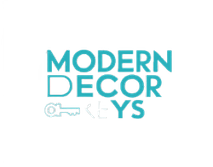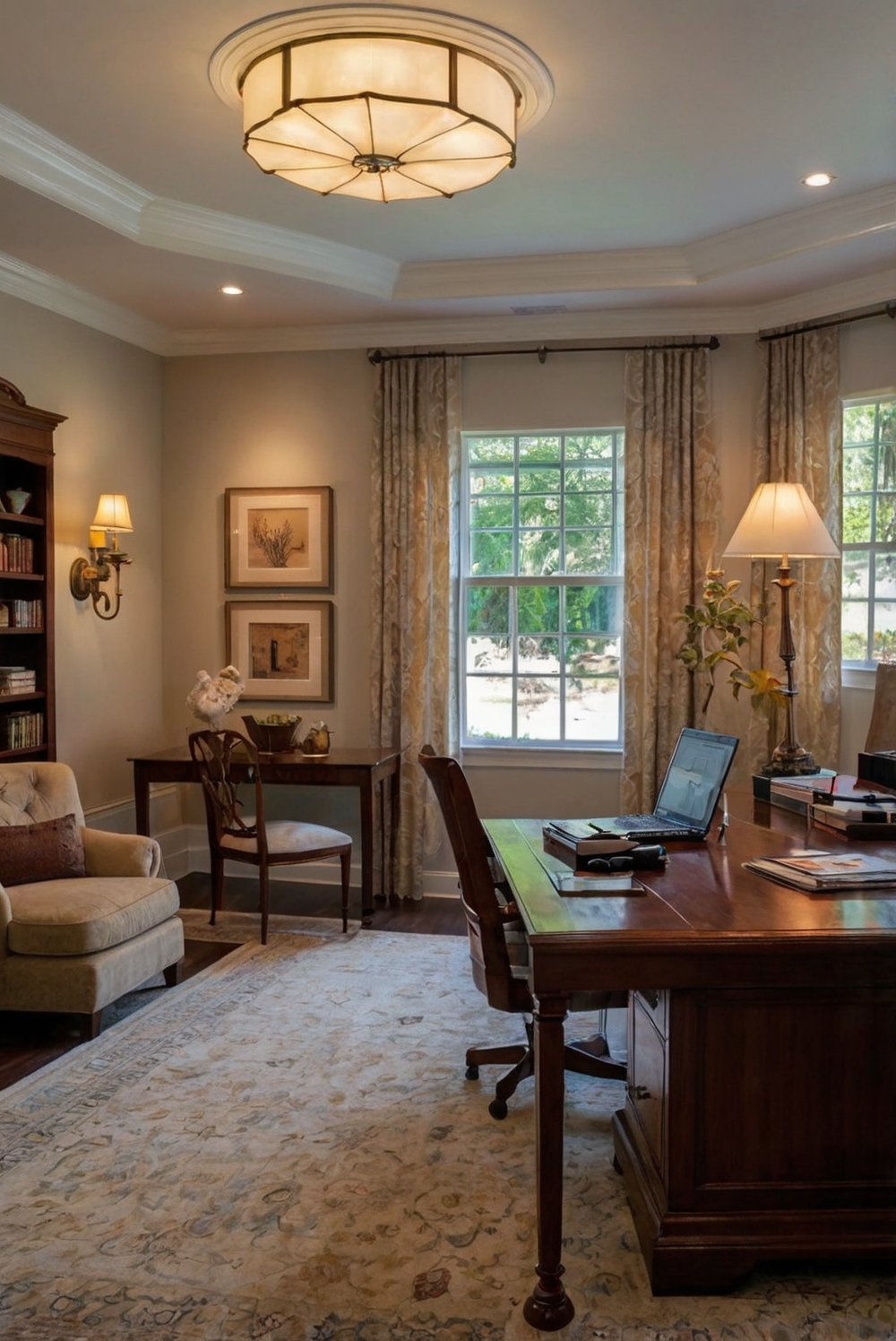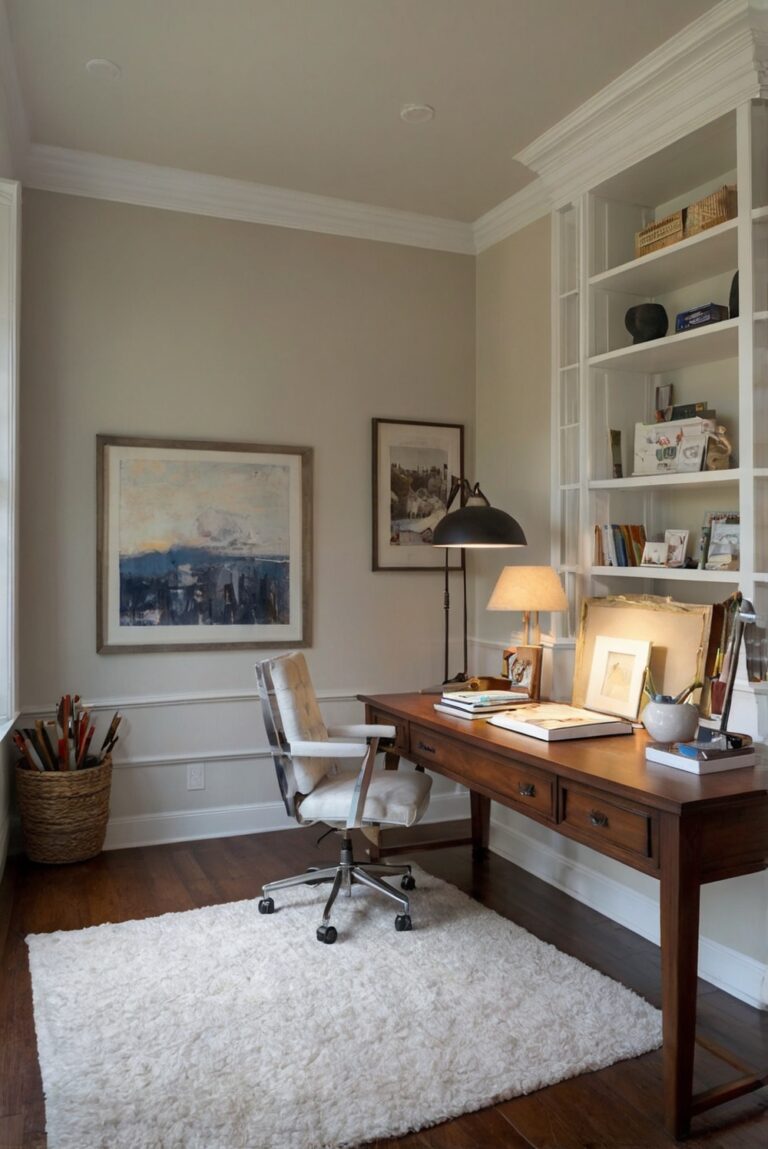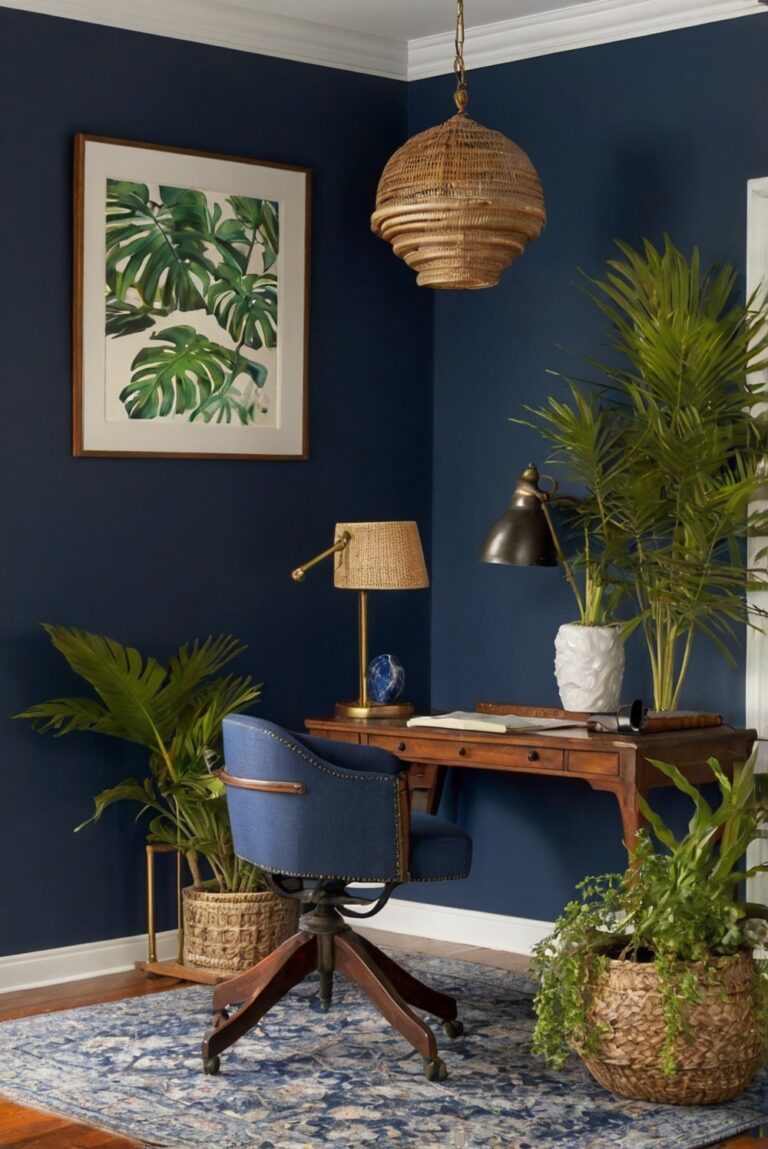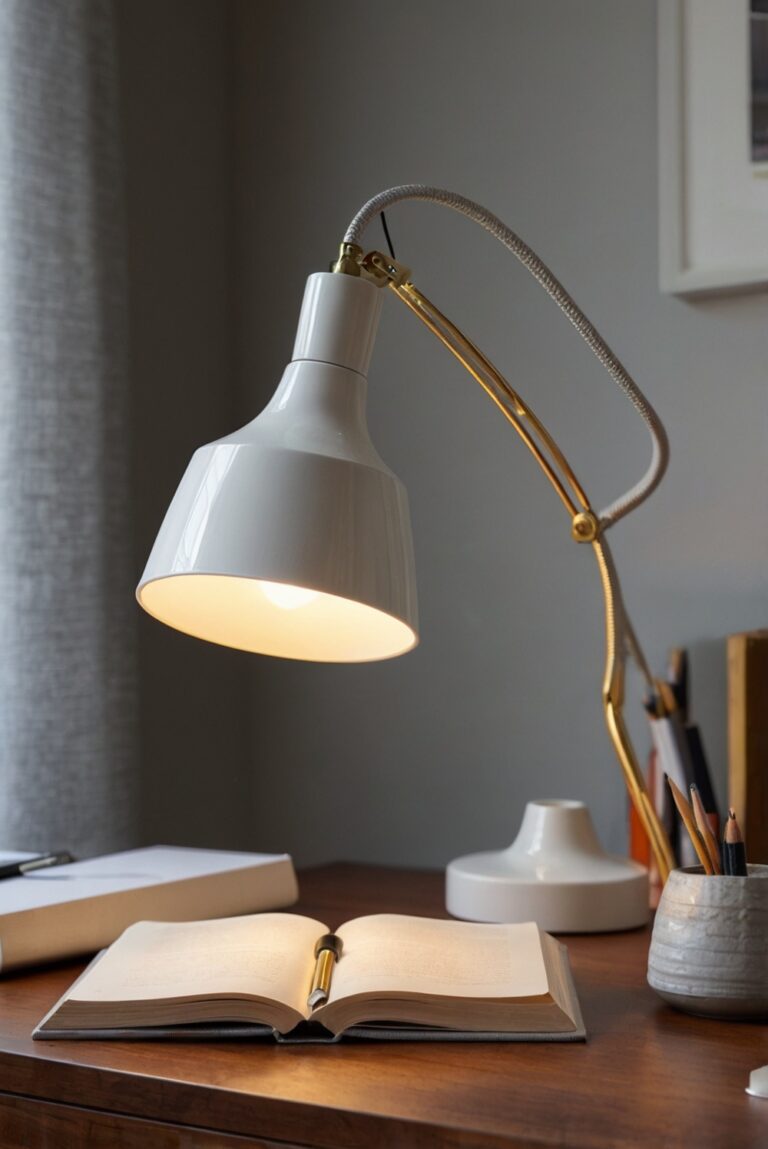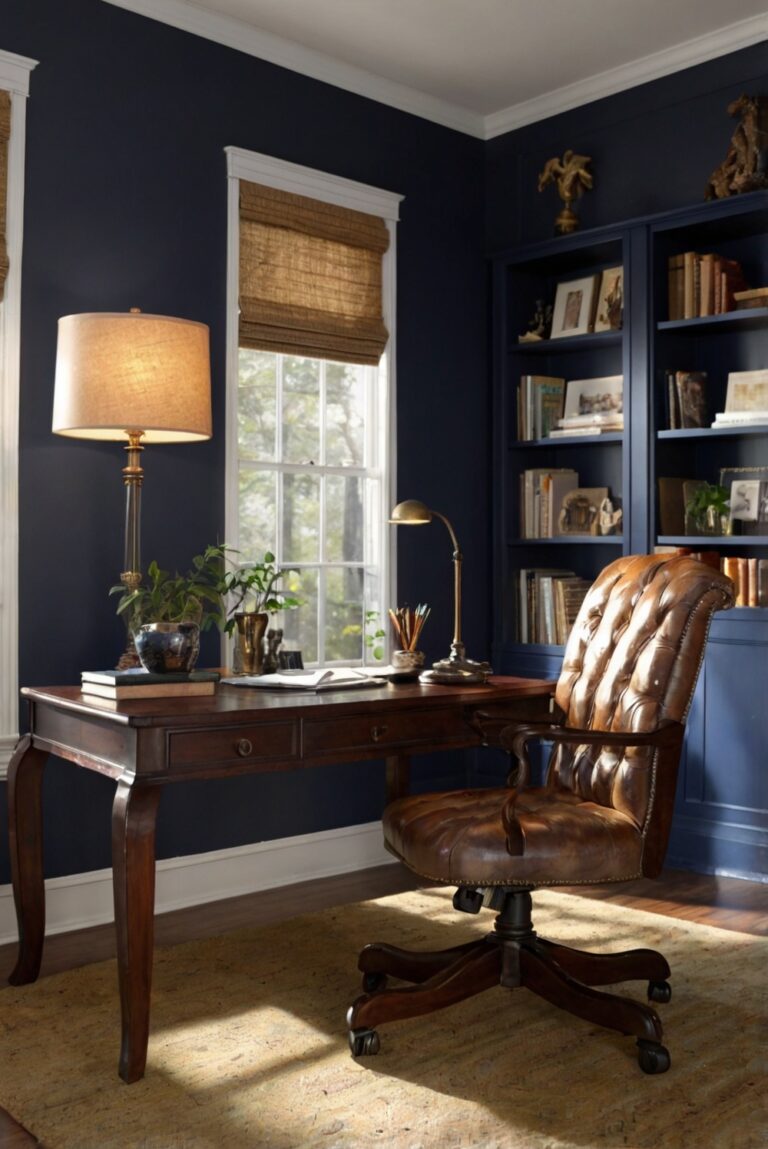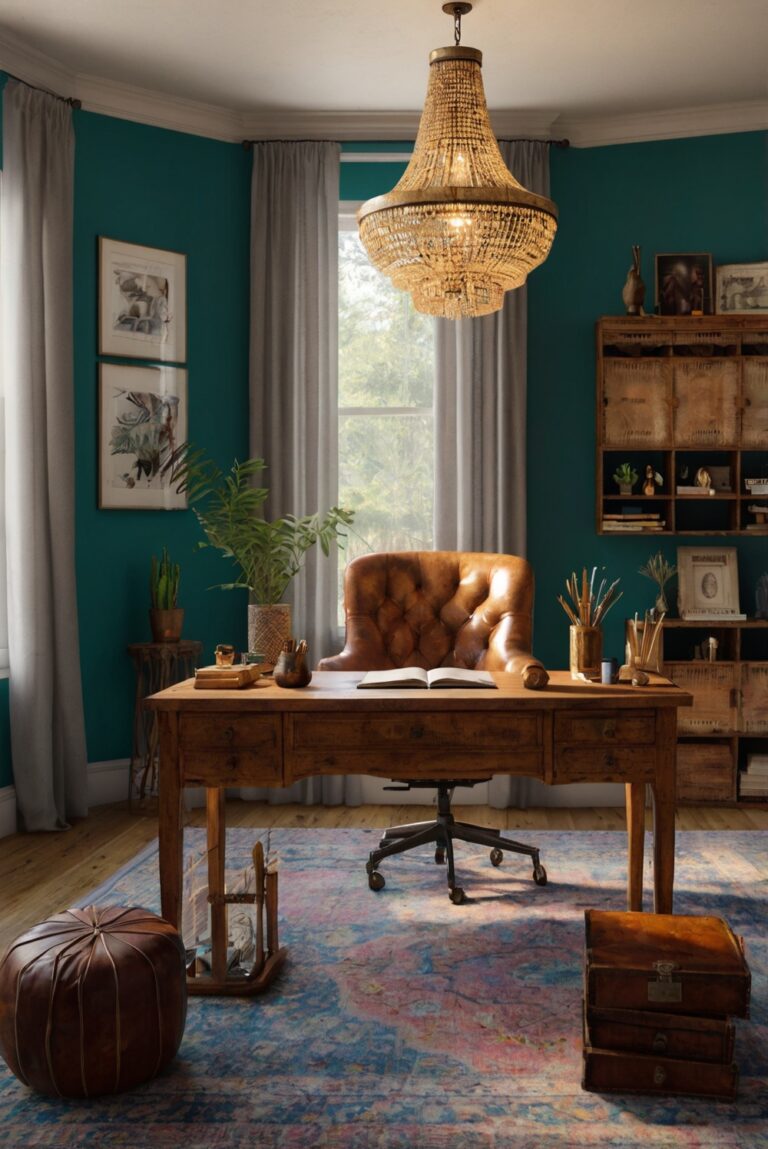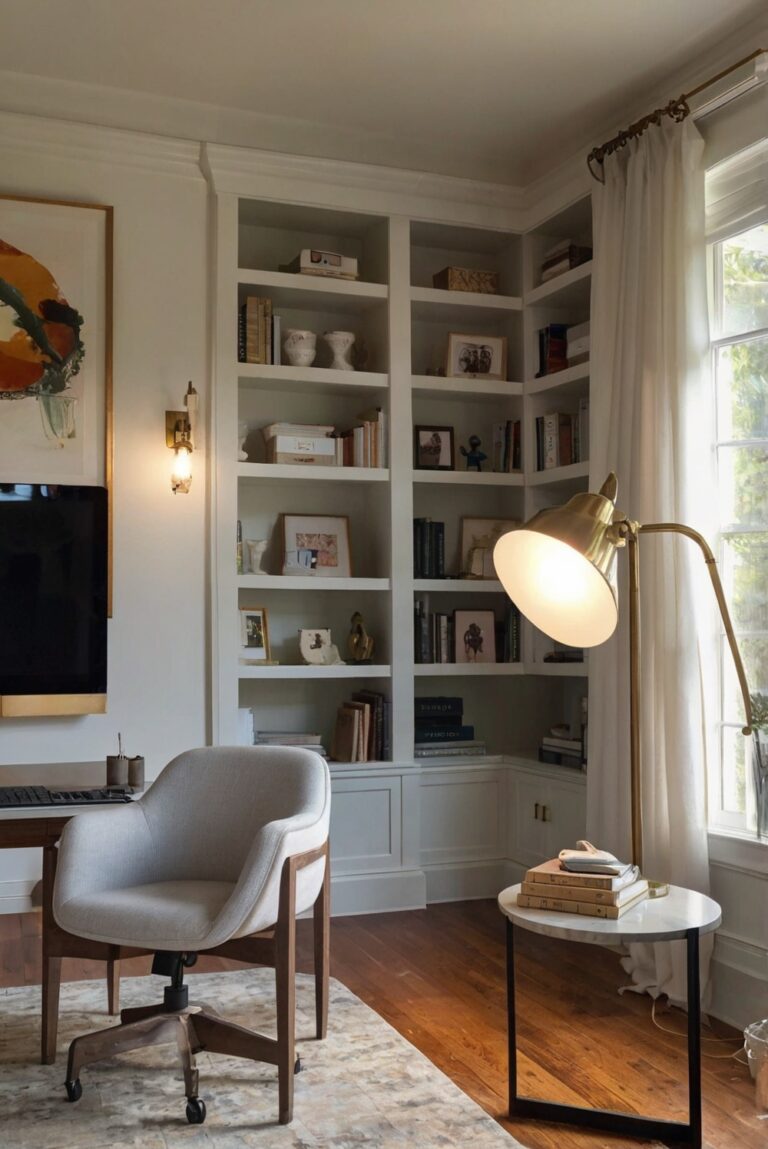Discover creative ways to integrate recessed lighting in your home office. Illuminate your workspace effectively with these interior designer-approved tips.
What Are the Best Ways to Incorporate Recessed Lighting in a Home Office?
Direct Answer: Daily Routine With My Home Decor Ideas
Incorporating recessed lighting into a home office is a great way to improve the overall ambiance and functionality of the space. To start, consider the layout of your office and identify the areas that need extra lighting. Plan the placement of the recessed lights strategically to ensure that they provide ample illumination without creating glare or shadows. Additionally, choose LED bulbs for energy efficiency and longevity.
When adding recessed lighting to your home office, it’s important to pay attention to the color temperature of the bulbs. Opt for cooler temperatures (around 4000K) to promote focus and productivity. For a warmer, cozier atmosphere, select bulbs with a color temperature of around 3000K. Experiment with dimmer switches to customize the lighting levels based on your tasks and mood.
To prevent eye strain and maintain a comfortable work environment, avoid harsh overhead lighting and instead opt for a combination of recessed lights and task lighting. Task lighting, such as desk lamps or adjustable spotlights, can help reduce glare on screens and provide focused illumination for reading and writing.
Lastly, consider the aesthetics of your home office when incorporating recessed lighting. Choose fixtures that complement your decor style and enhance the overall design of the space. Dimmable LED recessed lights are versatile options that offer both functionality and style. With careful planning and attention to detail, recessed lighting can transform your home office into a well-lit and inviting workspace.
What Are the Best Ways to Incorporate Recessed Lighting in a Home Office?
1. Plan the Layout:
When incorporating recessed lighting in a home office, it is crucial to start by planning the layout. Consider the size and shape of the room, the location of furniture, and the tasks that will be performed in the space. Determine the number of lights needed and their placement to ensure even illumination throughout the room.
2. Choose the Right Fixtures:
Selecting the right fixtures is essential for creating the perfect lighting scheme in a home office. Opt for LED recessed lights as they are energy-efficient, long-lasting, and provide bright, focused light. Consider the color temperature of the lights to create the desired ambiance in the space.
3. Control the Lighting:
Incorporating dimmer switches or smart lighting controls allows you to adjust the brightness of the recessed lights according to the time of day and your needs. This level of control can help reduce eye strain, improve productivity, and create a comfortable work environment in your home office.
Enhancing the Aesthetics:
When it comes to incorporating recessed lighting in a home office, it is not just about functionality but also about enhancing the aesthetics of the space. Consider using recessed lights to highlight artwork, architectural features, or other decorative elements in the room. This can add depth and visual interest to the space.
Maximizing Natural Light:
While recessed lighting is essential for providing task lighting in a home office, it is equally important to maximize natural light in the space. Position your desk near a window to take advantage of natural light during the day and complement it with recessed lights for additional illumination when needed.
In conclusion, incorporating recessed lighting in a home office requires careful planning, the right fixtures, and a focus on both functionality and aesthetics. By following these tips and considering the layout, fixtures, lighting controls, and design elements, you can create a well-lit and visually appealing workspace that enhances productivity and comfort.
1. What are the benefits of incorporating recessed lighting in a home office?
Recessed lighting in a home office provides a sleek and modern look while maximizing space. It offers even illumination without the need for bulky fixtures, creating a clean and uncluttered workspace. Recessed lights can be strategically placed to reduce glare and shadows, enhancing productivity and reducing eye strain. Additionally, recessed lighting allows for flexibility in lighting design, as it can be dimmable and controlled remotely, providing the ideal lighting conditions for different tasks throughout the day.
2. How can I determine the best placement for recessed lighting in a home office?
When planning the placement of recessed lighting in a home office, consider the layout of the room and the tasks that will be performed in each area. For general ambient lighting, evenly spaced recessed lights can be placed in a grid pattern across the ceiling. Task lighting should be focused on work surfaces such as desks or reading areas. Accent lighting can be used to highlight artwork or architectural features. It is important to avoid placing recessed lights too close to walls to prevent shadows and ensure even illumination.
3. What are the different types of bulbs that can be used for recessed lighting in a home office?
LED bulbs are the most popular choice for recessed lighting in a home office due to their energy efficiency and long lifespan. They produce bright, white light that is ideal for task lighting. Halogen bulbs offer a warm, dimmable light that is similar to natural daylight, making them suitable for ambient and accent lighting. Compact fluorescent bulbs are another option, providing energy-efficient lighting with a variety of color temperatures to suit different preferences.
4. Are there any specific considerations for installing recessed lighting in a home office?
When installing recessed lighting in a home office, it is important to consider the ceiling height, layout, and existing electrical wiring. Low ceilings may require shallow recessed lights to avoid protruding into the room. The spacing between lights should be carefully calculated to ensure even illumination without creating shadows. It is recommended to consult with a professional electrician to determine the best placement and ensure proper installation to meet safety standards.
5. How can I enhance the design of my home office with recessed lighting?
Incorporating recessed lighting in a home office can enhance the overall design and functionality of the space. To create a modern and stylish look, consider using adjustable recessed lights to highlight artwork or decorative elements. Installing dimmable lights allows for flexibility in adjusting the lighting levels to suit different tasks and moods. Using a combination of recessed lights with other lighting fixtures such as floor lamps or pendant lights can create layers of light to add depth and visual interest to the room. Experimenting with different light temperatures and color temperatures can also enhance the ambiance of the home office.
